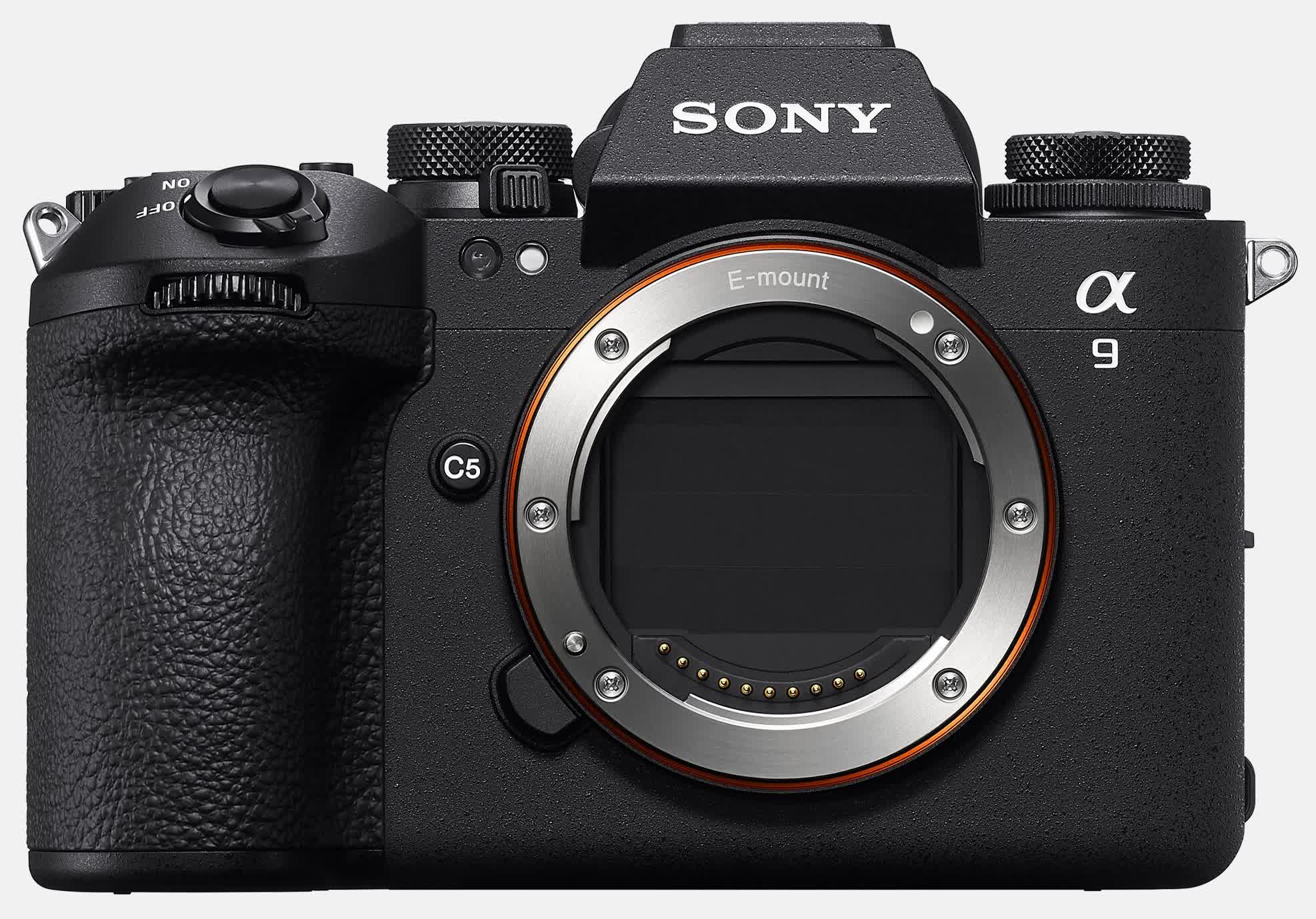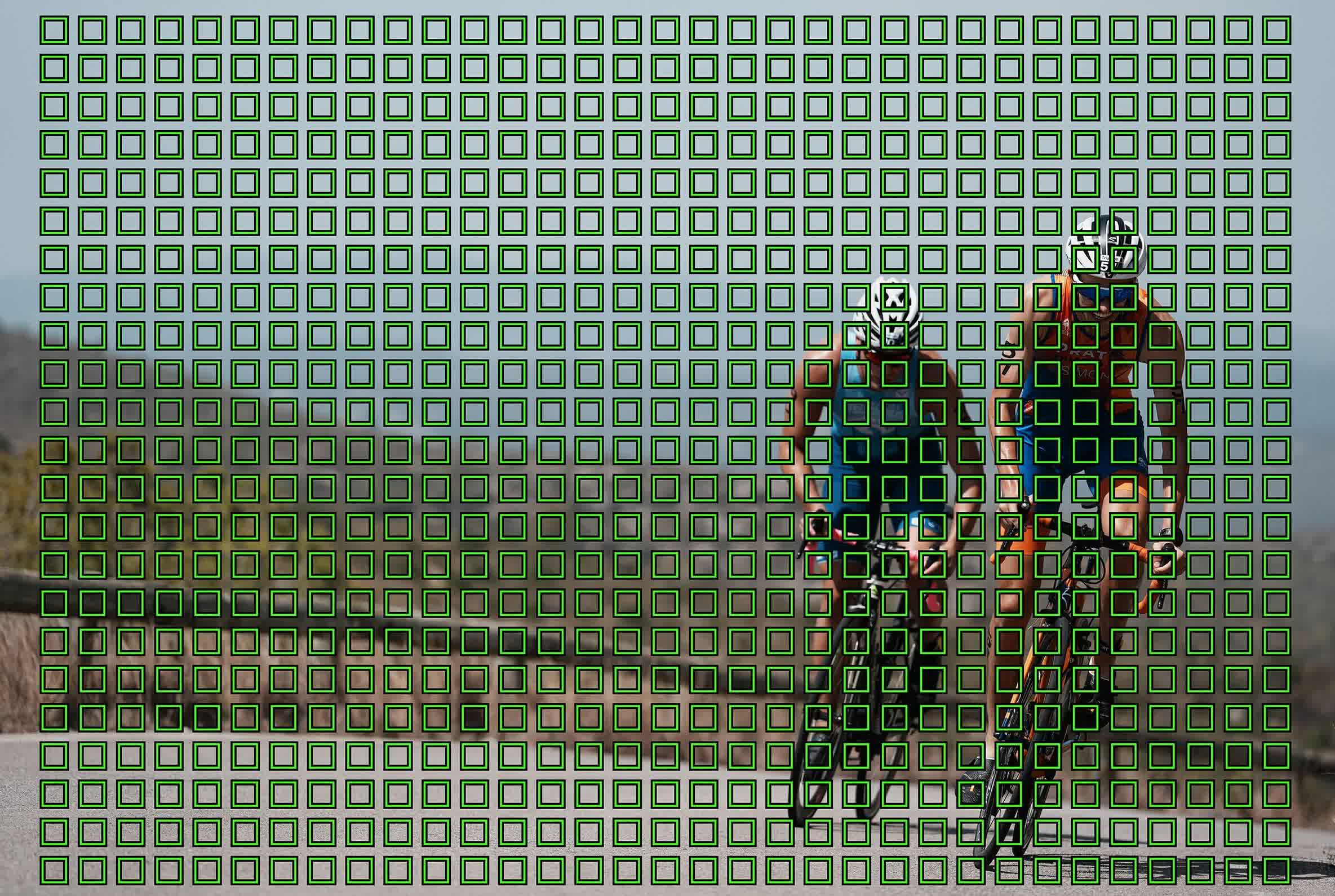Forward-looking: The new Alpha 9 III is a full-frame digital camera packing a stacked 24.6 megapixel CMOS sensor and Sony's BIONZ XR image processor. It boasts a maximum shutter speed of 1/80,000 second (or 1/16,000 second when shooting continuously) and affords creature comforts like a four-axis, multi-angle LCD, a high-resolution electronic viewfinder, and a speed boost button, but the starring attraction is without a doubt the global shutter.

Sony has introduced the world's first camera with a global shutter image sensor, and it has photography enthusiasts buzzing.
Unlike a traditional rolling shutter that records images by capturing one row of pixels at a time (from top to bottom), a global shutter exposes and reads all of the pixels on the image sensor simultaneously. While modern electronic rolling shutters are fast, it is still a process that takes time. Time is lag, and lag introduces distortion.

As a result of this lag, fast-moving subjects can end up with an undesired bend or curve to them. By capturing everything all at once, such distortion is eliminated.
Sony's global shutter should also eliminate banding when working under artificial light. This is not an issue when using a mechanical shutter, but those are also noisy and can be distracting in certain environments like wedding ceremonies. An electronic global shutter with no banding issues gives the best of both worlds.
Sony's new shutter additionally enables a very fast burst shooting rate of up to 120 frames per second, and can flash sync at all shooting speeds.
Global shutters have not yet graced consumer cameras simply because they require an enormous amount of data processing, and digicam processors haven't been up to the task. The chip in Sony's latest is multiple times faster than previous iterations and can keep up with the demands of the shutter.
The Sony Alpha 9 III is priced at $5,999 and is expected to ship in late February 2024. Most major camera retailers including Adorama and B&H Photo are already accepting pre-orders.
https://www.techspot.com/news/100782-sony-alpha-9-iii-world-first-full-frame.html